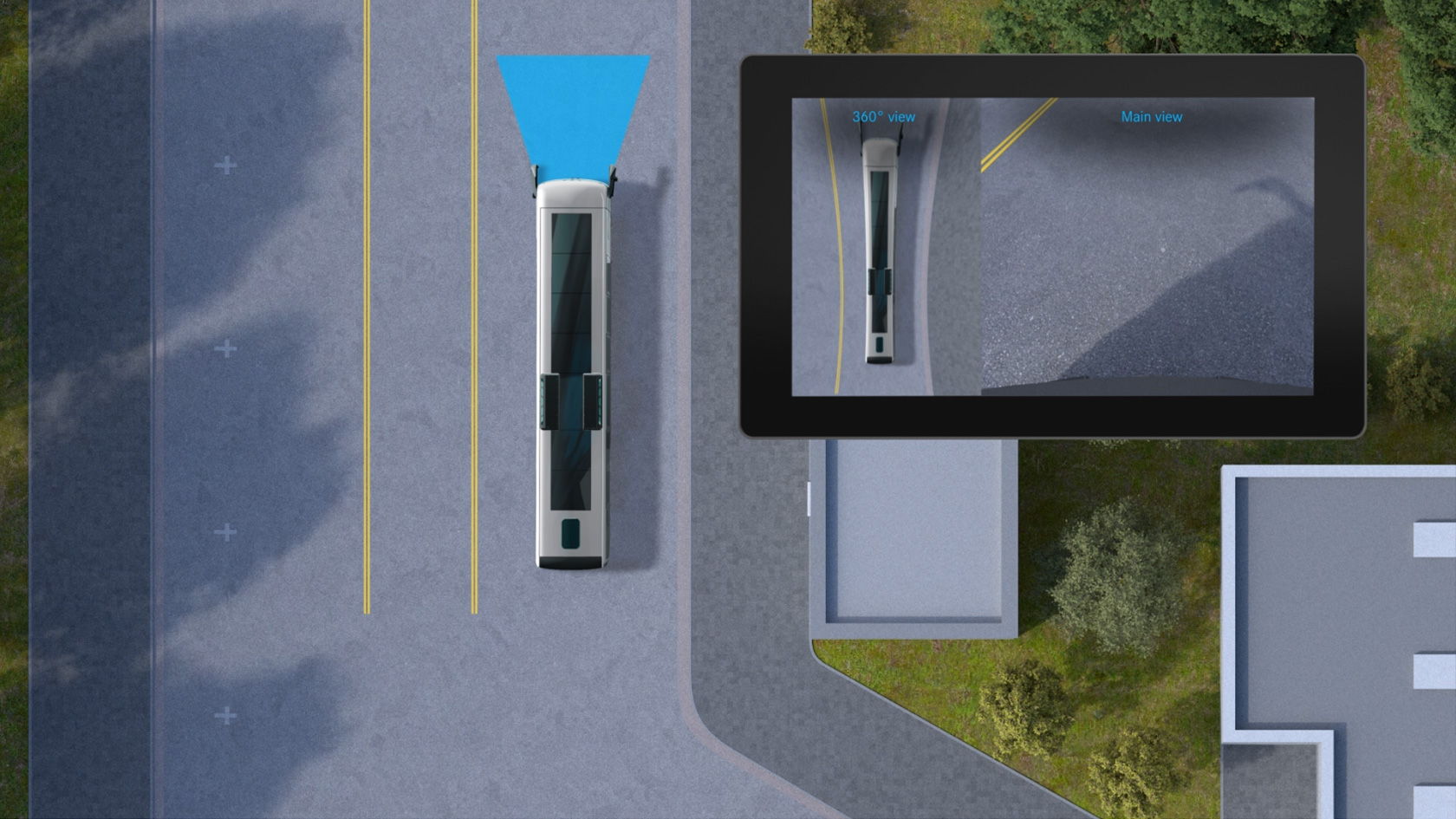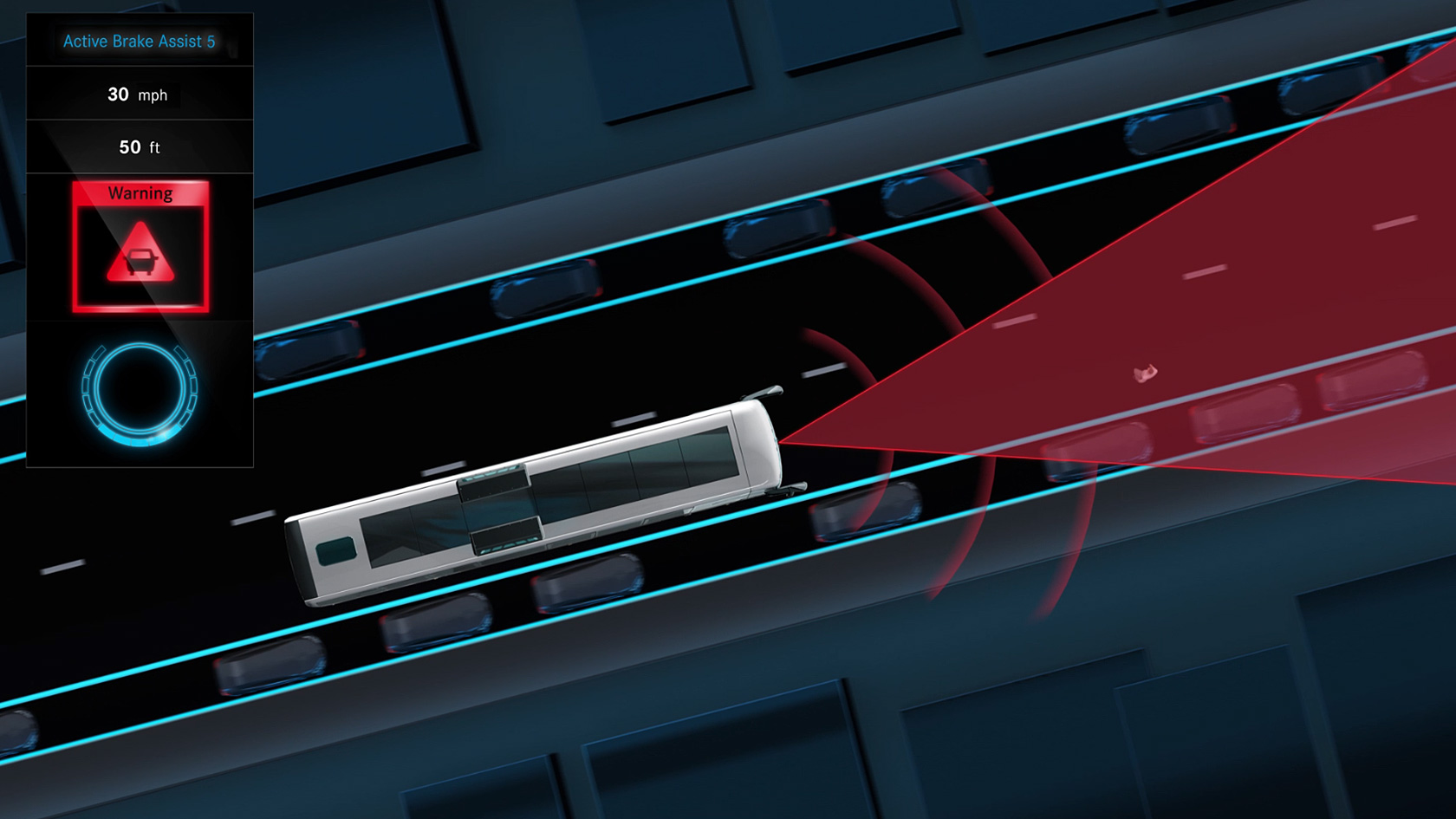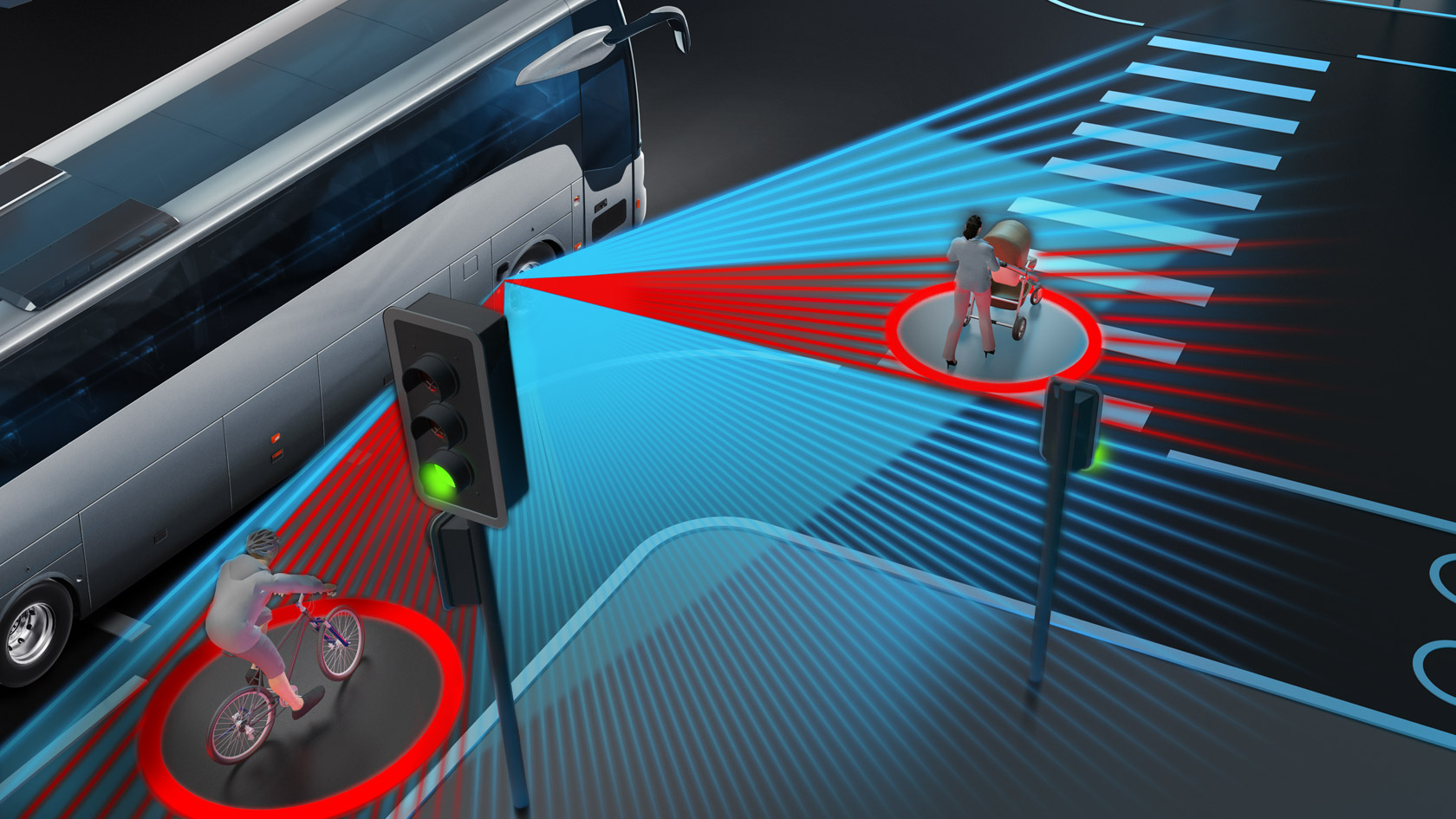Some of the product information, illustrations and images contained in this Digital Offering may have been prepared for generic use on EvoBus Digital Offerings maintained in different countries around the world. Consequently, some of the information and/or accessories which are not available in some countries or which, in order to satisfy local market demand or regulatory controls in such countries, may only be available in different specifications or configurations. If you are interested in any vehicle model, paint, option or accessory shown on the Internet site and are unsure of its availability or specification in your locality, you should contact EvoBus and/or a local authorized dealer for the relevant product, for information of current details in your locality.

Tourrider Premium & Business
Technical data.







